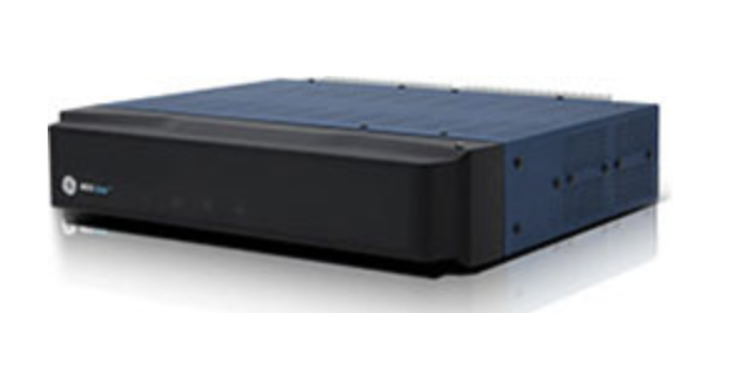MDS Master Stations

MDS SD Master Stations are an integral part of a comprehensive communication network in industrial and commercial settings. These master stations are designed to control and monitor data communication between multiple devices in a network, ensuring reliable and continuous operation.
The master stations are capable of handling both Ethernet and serial connections. This dual capability makes them compatible with a wide range of devices and network setups. Depending on the model and configuration, the master stations can communicate with a max number of devices in the network.
One of the key features of MDS SD Master Stations is their power supply system. They are designed to operate efficiently with standard power supplies. This feature ensures that the master station can maintain its operation even in situations where power resources are limited or fluctuating.
More Information about MDS SD Master Stations
The master stations have a modular design, which simplifies installation and allows for easy maintenance. This design approach also means that they can be upgraded or modified as per the evolving requirements of the communication network.
The front panel of these master stations is designed for easy control and monitoring. Operators can interact with the system and view vital data directly from the panel. Some models may also support duplex communication, offering both send and receive capabilities simultaneously, improving the speed and efficiency of data transfer.
FAQs
What type of connection is required to complete the Master Station setup?
To complete the setup of an MDS SD Master Station, both Ethernet and serial connections may be required, depending on the specific model and the requirements of your network.
Industrial Cellular Radio Basics
Cellular Radios
Cellular radios are used in situations where traditional radio communication networks may not exist or where direct line of sight on those networks may be hard to achieve. Cellular radios function in similar ways to how many of the devices used on a daily basis, like cell phones. Cellular phones rely on cellular communication towers to transmit data to and from phones and other mobile devices. Depending on the type of network those devices are designed for will dictate things such as speed and data throughput capacity.
Industrial Cellular Radios
The same principles apply to industrial style cellular radios. Just like cell phones, these radios rely on third party transmission signals in order to properly communicate. And just cell phones, the hardware specifications of the radios will dictate what type of cellular network they will have access to. In situations where the data requirements are very low, for example, a scenario where monitoring only a few simple data points once every hour or so, a network with higher speed capabilities is not needed. However, monitoring something like a live video feed or other complex data and information over that network, a radio and network capable of higher speeds and data capacities will be necessary.
Drawbacks
One of the biggest drawbacks to using cellular networks is cost. While the radios themselves are usually priced in line with other types of industrial communication radios, there will almost always be a monthly service charge, which can vary greatly depending on the demands of the specific application. These costs can add up over time making the cellular radio option an expensive one. Also, because the radio is operating on a third-party network, the ability to customize and configure the radio network will be greatly limited.
Conclusion
While cellular radios can be a great option in certain situations, typically, traditional industrial radios will provide the most flexible and reliable serial communication solution over time while saving on the cost of a monthly service charge. However, when traditional communication methods fail, cellular radios can provide a reliable and effective alternative.

